
07-18-14 -- Ruben Salinas - (VIDEO + BONUS & MP3 LOADED)
Hour 1 - 3
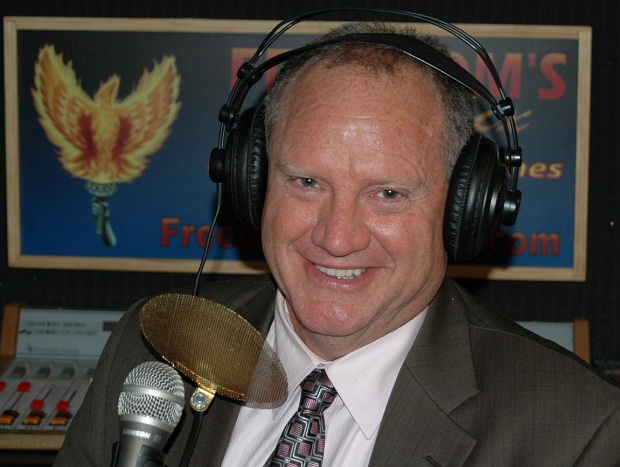
2014-07-18 Hour 1 Ruben Salinas
(Video Archive):
2014-07-18 Hour 1 Ruben Salinas from Ernest Hancock on Vimeo.
Ruben Salinas
Webpage: MasteryCode.Com
Ruben Salinas is a medical technology investor and entrepreneur, Harvard MBA, certified Master Practitioner of Neuro-Linguistic Programming, martial artist, shooter, diver, pilot and aspiring EMT. For the last 20 years he has sought for "the difference that makes the difference" in human performance and in the process has "biohacked" his own body and brain achieving truly remarkable results in each.
2014-07-18 Hour 2 Ruben Salinas from Ernest Hancock on Vimeo. 2014-07-18 Hour 3 Ruben Salinas from Ernest Hancock on Vimeo. 2014-07-18 Hour 4 Ruben Salinas BONUS from Ernest Hancock on Vimeo. Many people are interested in what is called neurofeedback or
EEG biofeedback training, a generic mental training method which
makes the trainee consciously aware of the general activity in
the brain. This method shows great potential for improving many
mental capabilities and exploring consciousness. Other people
want to do experiments with brain-computer interfaces or just
want to have a look at their brain at work. Unfortunately, commercial EEG devices are generally too
expensive to become a hobbyist tool or toy. The OpenEEG project is about making plans and software for
do-it-yourself EEG devices available for free (as in GPL). It is
aimed toward amateurs who would like to experiment with
EEG. However, if you are a pro in any of the fields of
electronics, neurofeedback, software development etc., you are
of course welcome to join the mailing-list and share your
wisdom. Right now, this site is mostly about the hardware; schematics,
part lists, building instructions etc. However, a few members
have developed some useful software which is hosted on their own
websites. You can find these through the software pages. Commercial and clinical EEG devices must live up to certain
standards. This is good, since it provides a measure of
protection for a user or patient. Obviously, we cannot provide
such guarantees, as the OpenEEG project consists of a loosely
knit group of people from all over the world. Thus, it is not an
organization in the legal sense (especially since we do not have
any money). Some people are not even American, so you can't
really sue them and hope to win a million dollars in damages
either. The designers have done their best to create a safe device, but
knowing whether the effort is good enough is a completely
different matter (an $8000 matter actually). Therefore:
everything is provided as is, without any warranty of any kind,
expressed or implied. In other words, if you decide to build and use one -- the
responsibility is yours. (For more information see our WARNING file which is included in each
of our archive releases) __________________________________________________ News Link •
__________________________________________________ Hormesis (from Greek hórmēsis "rapid motion, eagerness," from ancient Greek hormáein "to set in motion, impel, urge on") is the term for generally favorable biological responses to low exposures to toxins and other stressors. A pollutant or toxin showing hormesis thus has the opposite effect in small doses as in large doses. A related concept is Mithridatism,
which refers to the willful exposure to toxins in an attempt to develop
immunity against them. Hormetics is the term proposed for the study and
science of hormesis. In toxicology, hormesis is a dose response
phenomenon characterized by a low dose stimulation, high dose
inhibition, resulting in either a J-shaped or an inverted U-shaped dose
response. Such environmental factors that would seem to produce positive
responses have also been termed "eustress." The hormesis model of dose response is vigorously debated.[1] The notion that hormesis is important for chemical risks regulations is not widely accepted.[2] The biochemical mechanisms by which hormesis works are not well
understood. It is conjectured that low doses of toxins or other
stressors might activate the repair mechanisms of the body. The repair
process fixes not only the damage caused by the toxin, but also other
low-level damage that might have accumulated before without triggering
the repair mechanism. __________________________________________________ You read about how Bulletproof Coffee came to be after a trip to Tibet. You've learned how to find the best (safest) coffee in your area. You can spot low quality butter and choose the real thing that makes your brain work better. You know what you should be eating to keep your body primed for fat loss and energy. You understand why some coffee is good for you. You discovered why bad coffee makes you weak. Now you can learn how to make the best cup of coffee on earth (with a catch). Bulletproof Coffee
is becoming popular for a reason. Aside from tasting awesome, it makes
you feel lean, focused, and energized. It allows you to transform your
diet without resorting to chewing on sticks of butter (though that's
not a bad idea…). The only problem is that one of the ingredients – coffee without toxins from the coffee manufacturing process
– is hard to reliably find. Until now. After nearly 10 years of
searching for a consistently high quality coffee with superb mental
effects, without the jittery, anxious feelings caused by mycotoxins in
coffee, I've produced a coffee that literally upgrades your head. To celebrate the launch of the finest coffee beans the world has to
offer, here is the simple version of how to make Bulletproof Coffee. #1 Make coffee: Brew coffee as you normally would. Make sure it's the right kind of coffee. If you haven't purchased Bulletproof Upgraded Coffee beans, read this post to find the best coffee in your area. Use a brown paper filter. #2 Pre-heat blender: Boil extra water and pour it into a blender while your coffee brews to pre-heat the blender. #3 Froth: Empty hot water from the
now pre-heated blender and add the brewed coffee, butter, and MCT oil.
Blend until there is a thick layer of foam on top like a latte. A
Blend-tec or Vitamix blender will do it quickly, a normal countertop
blender takes longer, and a handblender works ok if you don't have a
real blender. #4 (optional) Add cinnamon, vanilla, dark
chocolate, or a sweetener like Stevia, erythritol, or xylitol (this is
technically a sacrilege if you use awesome beans, but some people love their mocha…) #5 : Put on a satisfied look and enjoy the high
performance buzz from your creamy mug of Bulletproof Coffee as you watch
your chubby, tired coworkers eat low-fat yogurt and twigs for
breakfast. It's almost unfair.
__________________________________________________ Adenosine triphosphate (ATP) is a nucleoside triphosphate used in cells as a coenzyme. It is often called the "molecular unit of currency" of intracellular energy transfer.[1] ATP transports chemical energy within cells for metabolism. It is one of the end products of photophosphorylation, cellular respiration, and fermentation and used by enzymes and structural proteins in many cellular processes, including biosynthetic reactions, motility, and cell division.[2] One molecule of ATP contains three phosphate groups, and it is produced by a wide variety of enzymes, including ATP synthase, from adenosine diphosphate (ADP) or adenosine monophosphate (AMP) and various phosphate group donors. Substrate-level phosphorylation, oxidative phosphorylation in cellular respiration, and photophosphorylation in photosynthesis are three major mechanisms of ATP biosynthesis. Metabolic processes that use ATP as an energy source convert it back
into its precursors. ATP is therefore continuously recycled in
organisms: the human body, which on average contains only 250 grams
(8.8 oz) of ATP,[3] turns over its own body weight equivalent in ATP each day.[4] ATP is used as a substrate in signal transduction pathways by kinases that phosphorylate proteins and lipids, as well as by adenylate cyclase, which uses ATP to produce the second messenger molecule cyclic AMP. The ratio between ATP and AMP is used as a way for a cell to sense how much energy is available and control the metabolic pathways that produce and consume ATP.[5] Apart from its roles in energy metabolism and signaling, ATP is also incorporated into nucleic acids by polymerases in the process of transcription. ATP is the neurotransmitter believed to signal the sense of taste.[6] The structure of this molecule consists of a purine base (adenine) attached to the 1' carbon atom of a pentose sugar (ribose).
Three phosphate groups are attached at the 5' carbon atom of the
pentose sugar. It is the addition and removal of these phosphate groups
that inter-convert ATP, ADP and AMP. When ATP is used in DNA synthesis, the ribose sugar is first converted to deoxyribose by ribonucleotide reductase. ATP was discovered in 1929 by Karl Lohmann, Fiske and Y. Subbarow of Harvard Medical School[7] but its correct structure was not determined until some years later.[citation needed] It was proposed to be the main energy transfer molecule in the cell by Fritz Albert Lipmann
in 1941, that is, being the intermediary molecule between
energy-yielding (exergonic) and energy-requiring (endergonic) reactions.[8] It was first artificially synthesized by Alexander Todd in 1948. __________________________________________________ Language shapes the way we think. Whether we're listening to a persuasive speaker, absorbed in powerful writing, or engaged in a conversation, language can introduce us to new ideas, perspectives, and opportunities. But at a more fundamental level, language might physically alter your mind. Bilinguals, for example, have denser gray matter in their language centers than monolinguals. Bilinguals can more easily focus on two tasks at once. They think more analytically. Parts of their brain devoted to memory, reasoning, and planning are larger than those of monolinguals. Learning a second language is like a workout for your mind. The benefits of bilingualism,
from increased creativity to the delayed onset of Alzheimer's, should
encourage everyone to pick up a second - or third! - language. Let's follow the path of language through your head as you hear,
comprehend, and create words and phrases, and then pinpoint how language
can shape the brain and what benefits it bestows. Here is your brain on
language. Speech in the brain While our brains make sense of words instantaneously, the process of
transforming sounds into meaning and then formulating a response winds
through several areas of the brain. When your ear turns sound waves into
neural impulses, those impulses trigger reactions from four major regions
of the brain devoted to language comprehension and production: The
auditory cortex, Wernicke's area, Broca's area, and the motor cortex. Click here for the rest of the story...
Ruben lost 45 pounds and went from being nearly obese at 24% of body fat to 14%. He did this without
counting calories or working out excessively, by eating mostly fat and only working out 2 to 3 times per week for no more than 20-36 minutes per session. He almost doubled his strength and maximized his endurance achieving a resting heart rate of 49 beats per minute – cl
Hour 2
2014-07-18 Hour 2 Ruben Salinas
(Video Archive):
Body
Performance
1:


Biochemical
testing: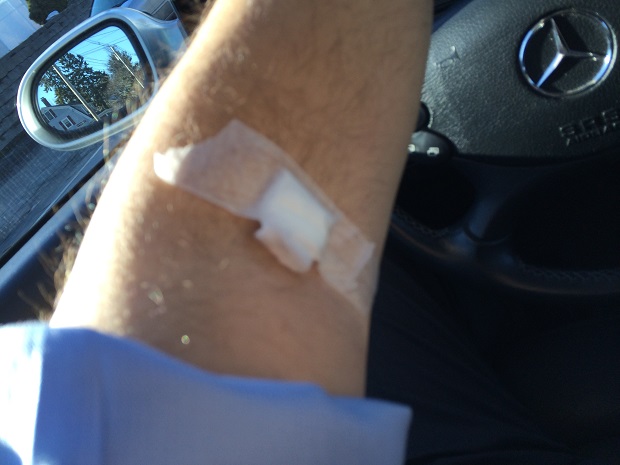
Body Performance
1: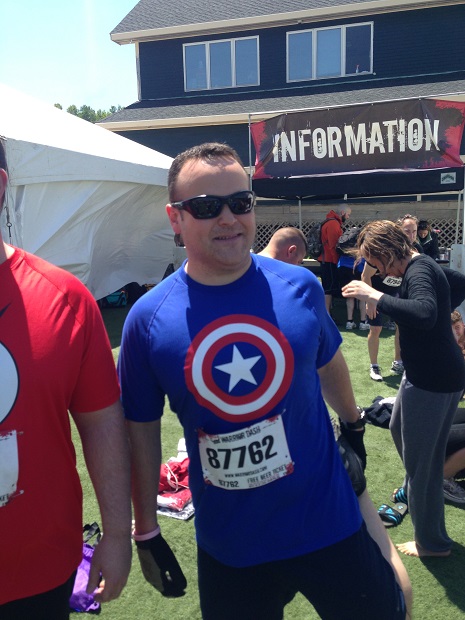
Body Performance
2:
Body 1:
Body
2:
Neurofeedback
1:
Neurofeedback
2:
Neurostimulation
1: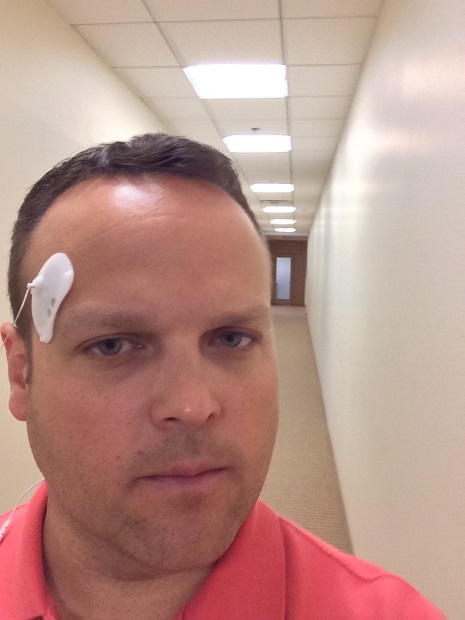
Neurostimulation
2:
Nootropics:
Nutrition and
Fats: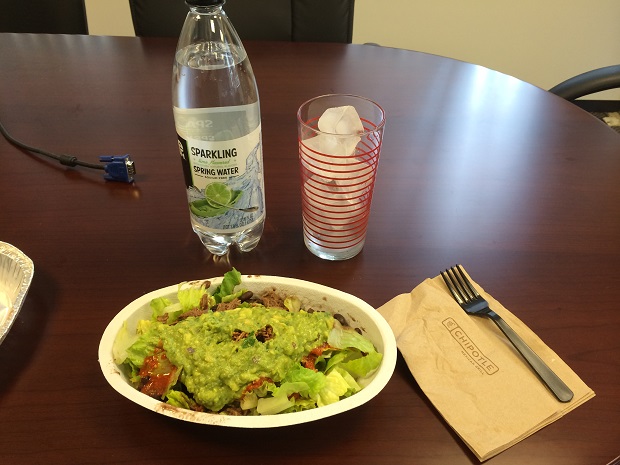
Recovery:
Resting Heart
Rate:
Sleep:
Supplements, Coffee (Bulletproof Coffee), and
Fats: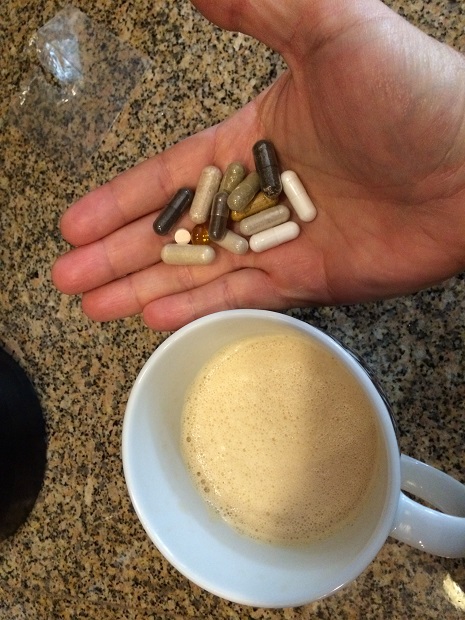
Supplements:
Supplements
2:
Hour 3
2014-07-18 Hour 3 Ruben Salinas
(Video Archive):
(Video Archive):
OpenEEG Project
http://openeeg.sourceforge.net/doc/
Welcome to the OpenEEG project
About the project
![]()
Self-Help: Rational Living
BioCybernaut Institute - Change your brain waves; change your life
07-18-2014
•
BioCybernaut.Com
Feedback changes
any system to which it is added. Apply feedback to your own brain and
you have the ability to empower yourself to live to your fullest
potential.
Adenosine triphosphate (ATP)
From Wikipedia:
Do the Spartacus Workout a couple times a week. If you don't have time to do the Spartacus Workout, then substitute with the 'Man Maker'...
SEAL FIt Man Maker:
______________________________________________
Your Mind on Language: How Bilingualism Boosts Your Brain
Watch Streaming Broadcast Live:
![]()
Live Phone:
641-793-8869

Archive By Year
Shows By Topic
Shows By Guest




































